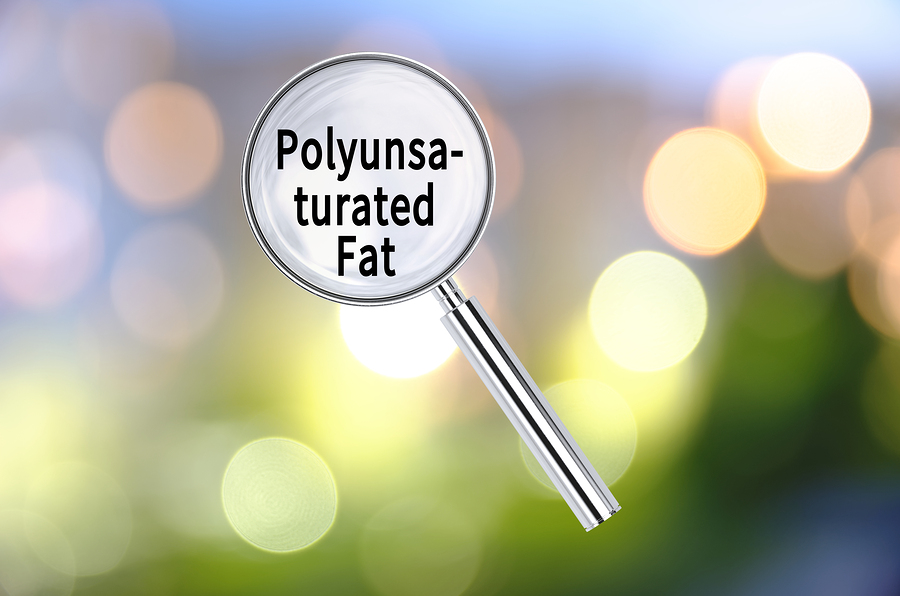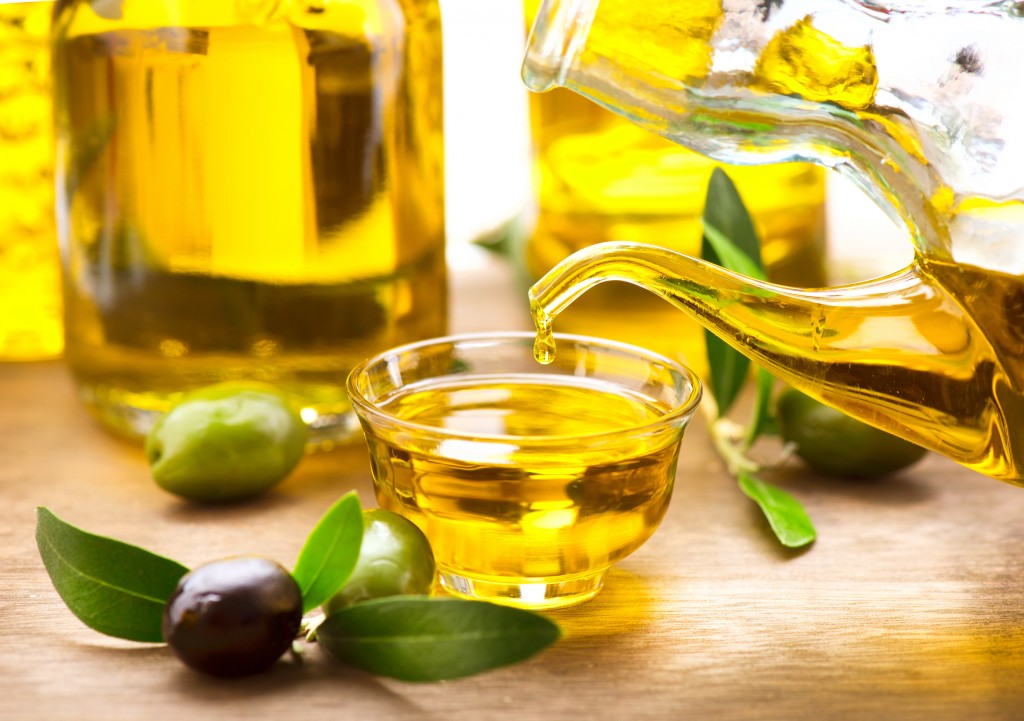- Make It Yourself Lavender Heart-Shaped Bath Bombs!
- 20 Things You Never Knew About “Down There”
- 12 Best Foods For Those Suffering From Arthritis Pain
- 12 Personal Hygiene Mistakes Almost Everyone Makes (Mom Never Told You About #4!)
- 15 Medicinal Plants And Herbs From The Cherokee People
- 12 Mind-Blowing Benefits Of Drinking Coconut Water During Pregnancy
- 12 Outstanding Winter Foods That Won’t Fatten You Up Like A Christmas Turkey
All The Truth About Polyunsaturated Fats

Photo credit: bigstock.com
For decades, the idea of reducing fat in our diets has been accepted as gospel. Fat was the source of almost all things that can go wrong with our health, from heart attacks and high blood pressure, to obesity and strokes. It is amazing that even baldness wasn’t somehow attributed to the consumption of fatty foods like butter.
The solution, or so it was claimed, was a new class of artificial substitute products that eliminated the “risks” of natural foods: Margarine in place of butter, vegetable oil for frying and baking, etc. These foods contained polyunsaturated fats, which were supposed to be so much healthier for us. Combined with the dietary campaign against fat in general, this comprised a two-pronged attack on the consumption of natural fats.
What has been the result of 50 years of anti-fat nutritional orthodoxy?
Despite all the “low-fat” and “fat free” options available, people are sicker and fatter than they’ve ever been. Heart disease is one of the leading causes of death in the industrialized world. The truth is, your body NEEDS natural fats, and the artificially created substitutes intended to solve the health problems supposedly linked to natural fats have only made them worse.
Linoleic Acid
Linoleic acid is the most common form polyunsaturated fat and is found in a vast number processed foods, as well as vegetable oils like canola (rapeseed) oil, corn oil, and peanut oil. The ubiquity of this compound is amazing and goes totally unnoticed by most. Soybean oil, for instance, is a source of linoleic acid. Take a look at the ingredients list on processed foods in the grocery store (or in your cupboard right now) and see how many of them contain this oil. It will shock you.
Dr. Susan Carlson from the University of Kansas and neurobiologist Dr. Stephan Guyanet decided to conduct a comprehensive review of nearly 40 studies conducted between 1960 and 2010 to determine what effect this increase in the use of polyunsaturated fats has had on body fat composition over the years. They found that levels of linoleic acid in human fat tissue had increased by an astonishing 136 percent since 1960!
Continue to Page 2

Photo credit: bigstock
Why exactly are foods rich in polyunsaturated fats so bad for you?
What’s truly amazing (and ironic) is that these products were originally marketed as heart-friendly alternatives to natural fat that would solve the problem of heart disease, without any sacrifice in taste. But since their adoption in household kitchen, as well as in modern industrial food production, levels of heart disease have skyrocketed.
The truth is that the use of polyunsaturated products like vegetable oils really didn’t have much to do with health at all. It was about profitability. Polyunsaturated fats have a longer shelf life, and their different molecular structure allows them to always remain a liquid at room temperature. Whereas a natural fat will be either melt or solidify based on the type of fat. (Coconut oil, can be either solid or liquid based on only a few degrees’ difference in temperature. This might seem stranger to a shopper that has been conditioned by marketers to think that cooking oils should always be liquid.)
It’s important not to paint with overly broad brush here: it’s not as simple as “all polyunsaturated fats are bad.” There are different kinds.
Omega 6 and omega 3 fats are both polyunsaturated but are essential to health. The human body cannot produce these fats on its own, so they must be consumed by eating. The problem is the improper ratios between these two different fats in the typical Western diet.
Omega 6 fats are inflammatory, while omega 3s are anti-inflammatory. Inflammation isn’t always a bad thing; it’s part of the body’s natural way of fighting disease, but it often occurs at inappropriate times and for too long, which can contribute to all kinds of health issues. This is exacerbated by the fact that modern diets are far heavier in omega 6s than omega 3s. A proper ratio is for omega 6 fats to omega 3s is around 3:1. Some anti-aging researchers even advocated a totally balanced 1:1 ratio.
Unfortunately, the average person isn’t eating anywhere near these ratios. Studies have shown that the typical person’s intake of omega 6 vs omega 3 fats is as high as a 25:1 ratio! There is a direct correlation with the drastic increase in omega 6 fats with the spread of processed polyunsaturated products.
The bottom line here is that the widespread use of vegetable oils and other artificially produced polyunsaturated products has directly contributed to the highly imbalanced ratios of omega 6 to omega 3 fats, and all the accompanying health problems like inflammation, coronary heart disease, obesity, and more.
Continue to Page 3

Photo credit: bigstock.com
What’s the solution?
Luckily, the solution to this problem is pretty straightforward: STOP EATING TERRIBLE FOOD.
Below is a list of products to cut out of your diet as much as possible:
- Canola/rapeseed oil
- Peanut oil
- Corn oil
- Safflower oil
- Sunflower oil
- Cottonseed oil
- Soybean oil
- Generic, unspecified “vegetable oil”
- Margarine
- Vegetable oil-based shortening
- Processed foods in general
Here are some healthy alternatives:
- Real butter from grass-fed cows
- Coconut oil
- 100% pure extra virgin olive oil (Make sure it is 100% pure! A lot of cheaper olive oils are diluted with some of the low quality ones listed above)
READ ALSO: The Disturbing Truth About Trans Fats Video
Remember the linoleic acid in the harmful foods mentioned in this article accumulates in your body fat; you literally are what you eat. Doesn’t it make sense to eat healthy fats instead?
References:
































